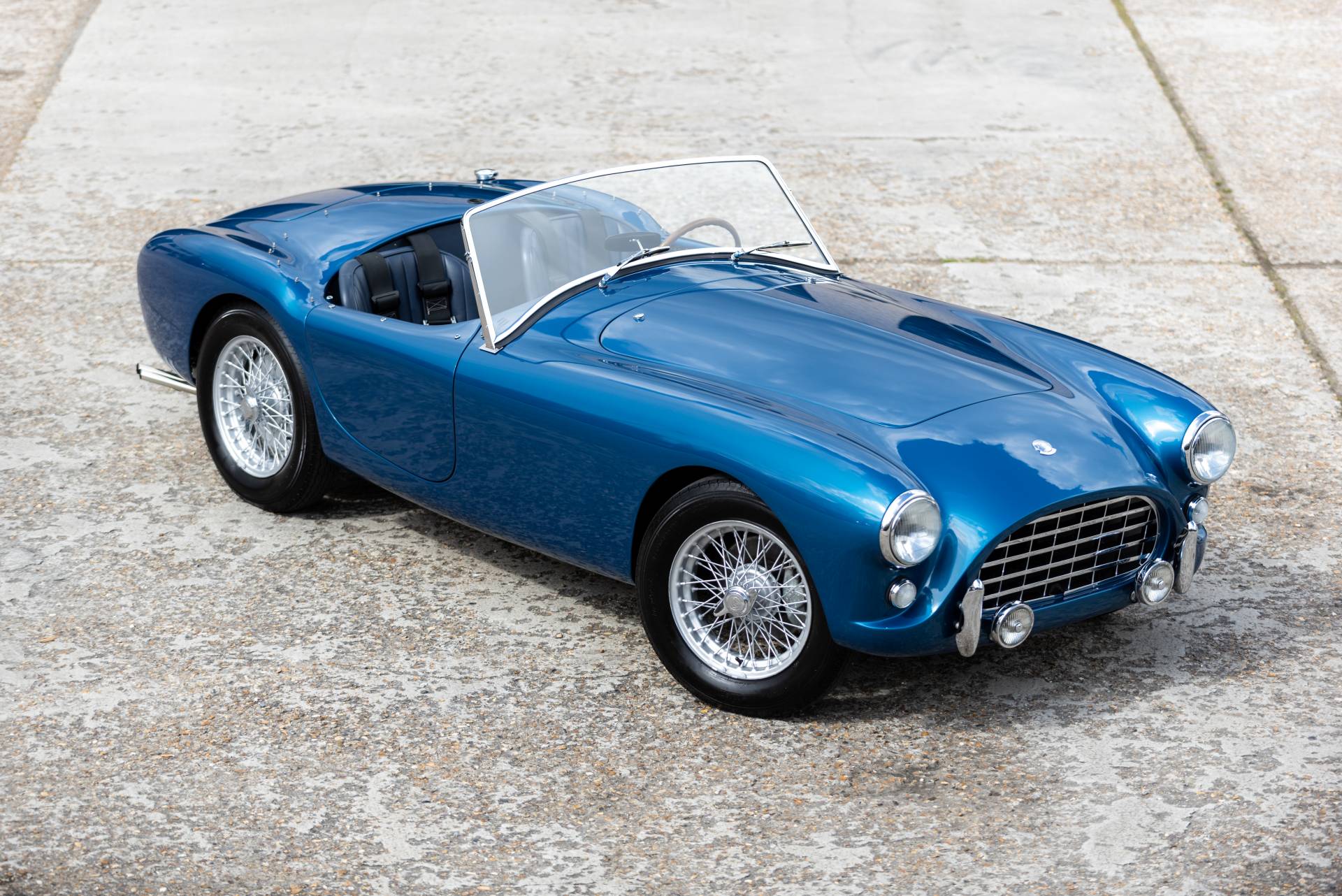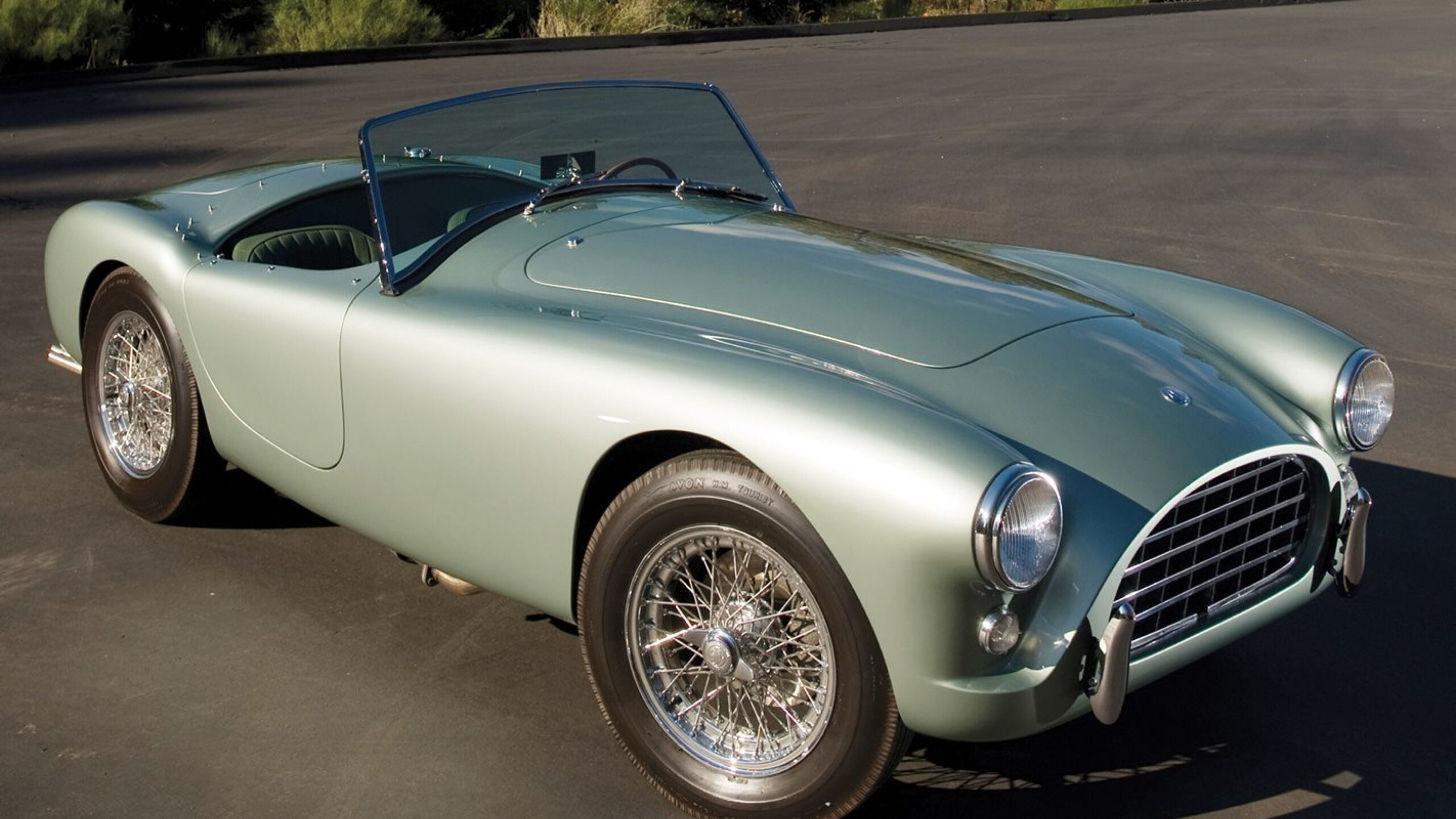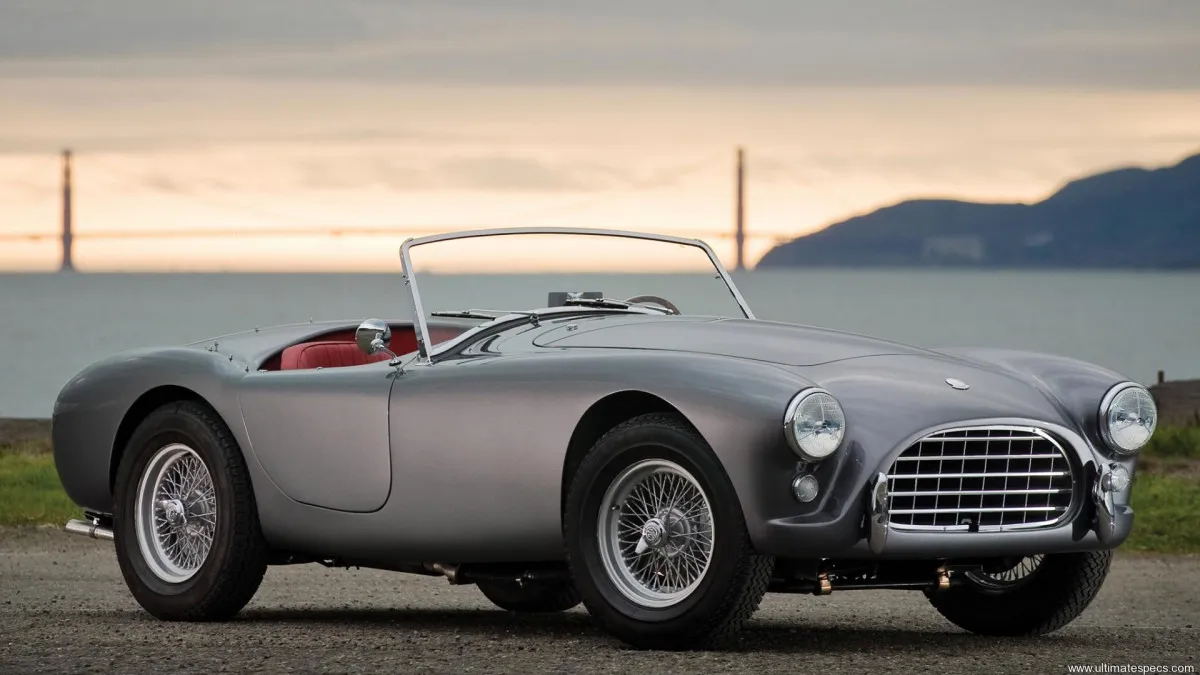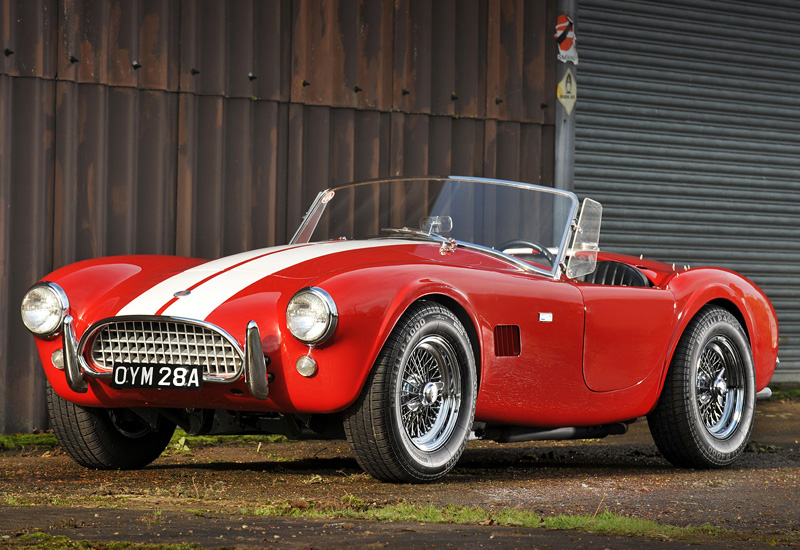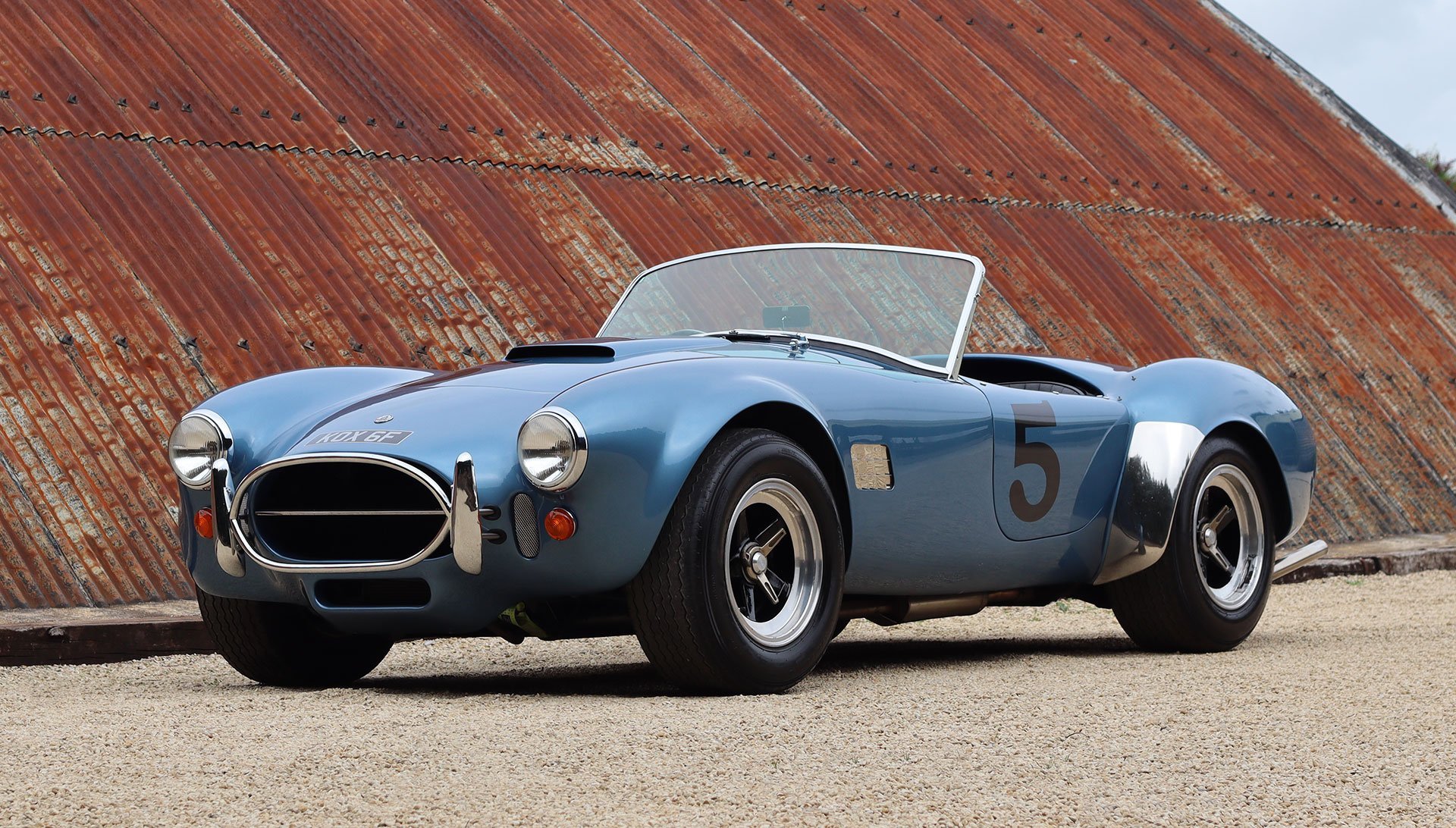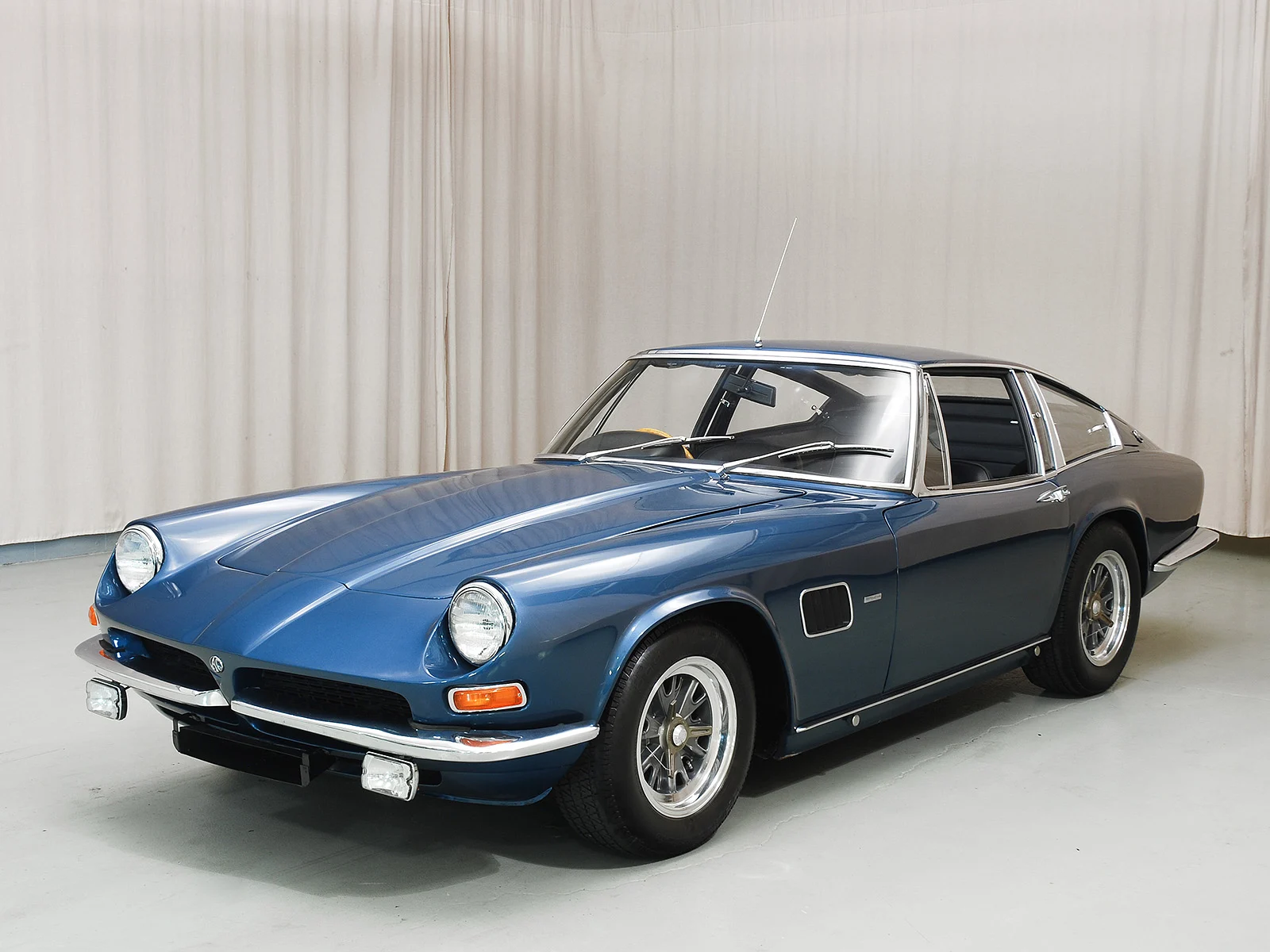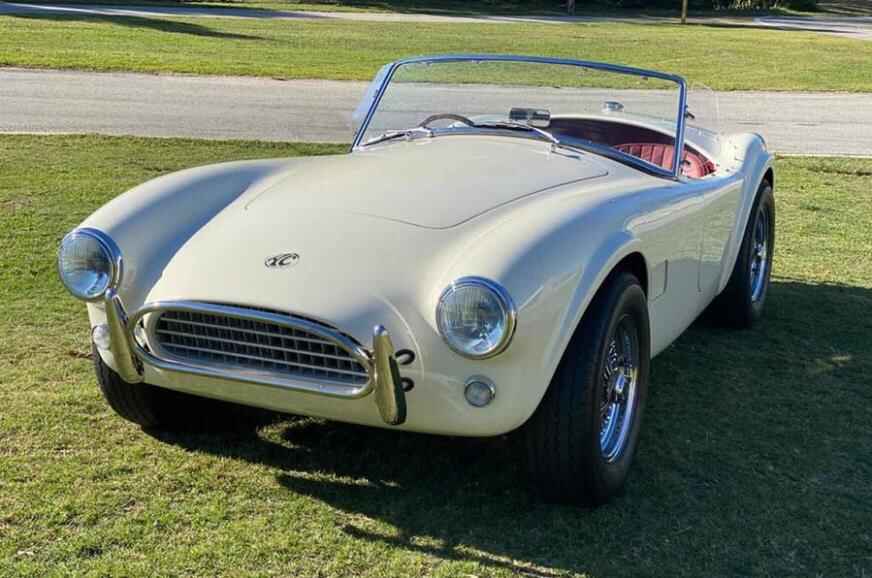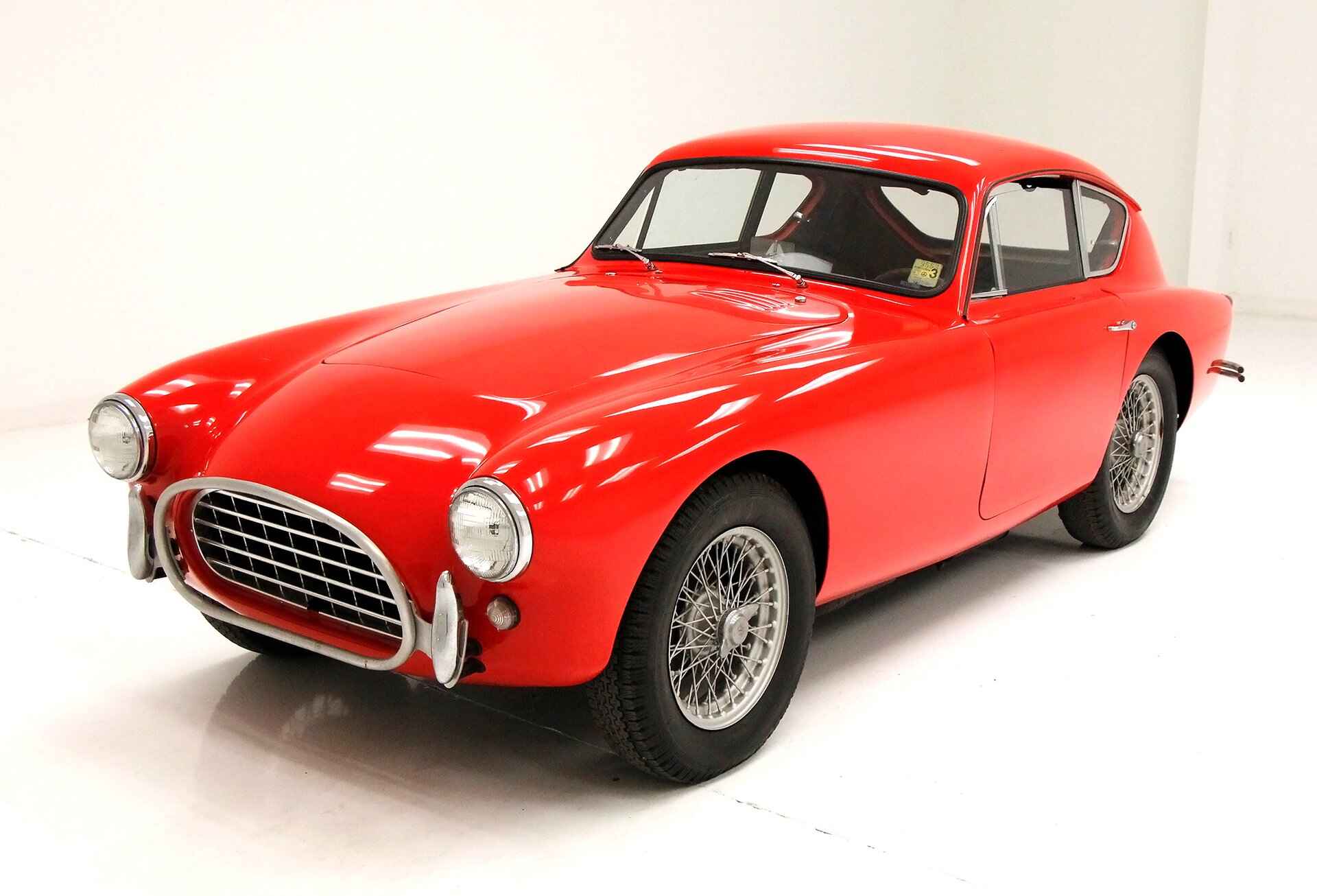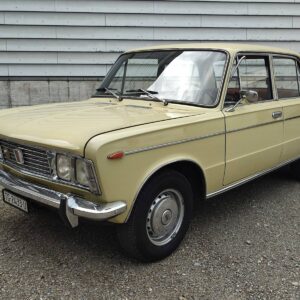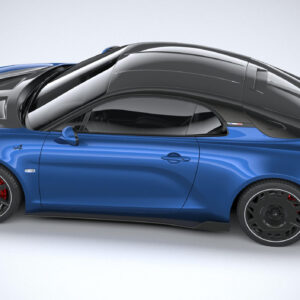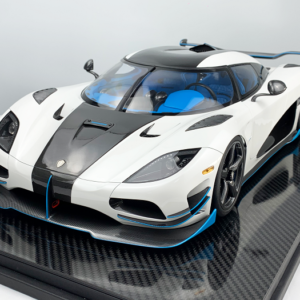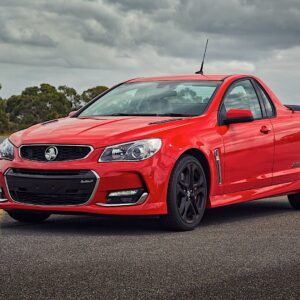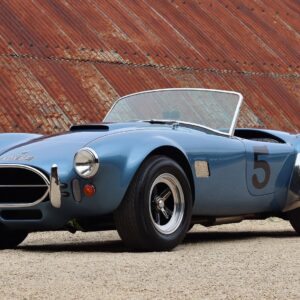AC Ace Overall Review
The AC Ace is a captivating piece of automotive history, embodying the essence of British sports car design and performance from the late 1950s and early 1960s. This elegant roadster, with its long bonnet, sweeping lines, and rear-wheel-drive layout, offers a pure, unadulterated driving experience that is both exhilarating and challenging.
Under the hood, the AC Ace was initially equipped with a 2.0-liter inline-six engine, designed by John Tojeiro, which was capable of producing around 100 horsepower. This powerplant was known for its smooth operation and a distinctive sound that only a straight-six can provide. The engine’s output was sent to the rear wheels through a four-speed manual transmission, offering drivers a hands-on driving experience that is hard to find in modern cars.
The chassis of the Ace was a tubular steel ladder frame with an independent suspension setup at all four corners, which was quite advanced for its time. This allowed the Ace to offer a surprisingly comfortable ride while also being capable of spirited driving on twisty roads. The car’s lightweight construction, combined with its balanced chassis and responsive steering, made it a favorite among driving enthusiasts and racers alike.
Visually, the AC Ace is a masterpiece. Its bodywork is a perfect blend of curves and lines, which flow together to create a timeless design. The open-top configuration, minimalistic interior, and low-slung seating position all contribute to an immersive driving experience that connects the driver to the road in a way few modern vehicles can.
The AC Ace’s racing pedigree is also noteworthy, serving as the basis for the legendary AC Cobra after American racing driver Carroll Shelby fitted the Ace with a powerful Ford V8 engine. This transformation led to the creation of one of the most iconic sports cars of all time, further cementing the Ace’s place in automotive history.
FAQs about the AC Ace
Q: What year was the AC Ace first introduced?
A: The AC Ace was first introduced in 1953.
Q: What type of engine did the original AC Ace have?
A: The original AC Ace was equipped with a 2.0-liter inline-six engine.
Q: How many horsepower did the AC Ace’s engine produce?
A: The engine in the AC Ace was capable of producing around 100 horsepower.
Q: What kind of transmission did the AC Ace use?
A: The AC Ace used a four-speed manual transmission.
Q: Did the AC Ace have any racing success?
A: Yes, the AC Ace had a notable racing pedigree and served as the basis for the AC Cobra, which had significant racing success.
Q: What makes the AC Ace special in the world of classic cars?
A: The AC Ace is special for its elegant design, pure driving experience, and significant impact on automotive history, particularly through its evolution into the AC Cobra.
Q: Is the AC Ace considered a good investment?
A: Yes, the AC Ace is considered a valuable collectible and a good investment due to its rarity, historical significance, and desirability among classic car enthusiasts.
Q: How does the AC Ace perform in modern traffic?
A: While the AC Ace can be driven in modern traffic, its performance, safety, and comfort features are reflective of its era, making it more suited for leisurely drives and classic car events.
Q: Can I still find parts for an AC Ace?
A: Parts for an AC Ace can be scarce and may require sourcing from specialists in classic British sports cars.
Q: Was the AC Ace available in configurations other than the roadster?
A: The AC Ace was primarily known and produced as a roadster, focusing on open-top driving experiences.
